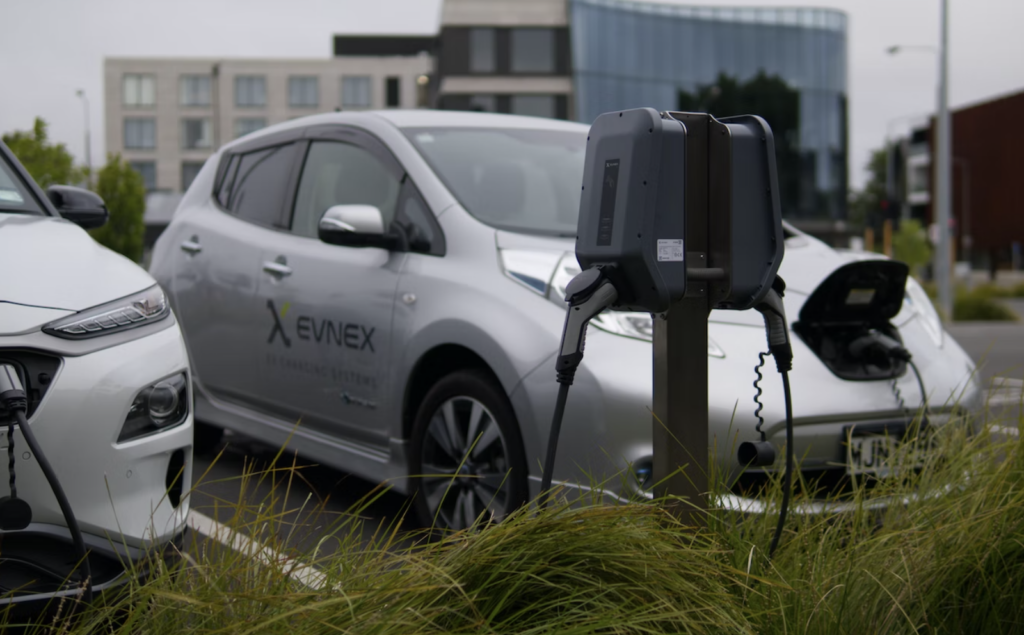More Companies Putting Electric Chargers In Their Parking Lots?
A Stanford University-run study showed that for a successful transition to electric vehicles to happen, companies of all kinds would need to put electric chargers in their parking lots.
This article is more than 2 years old
The move toward electric vehicles is inevitable. As more and more people start purchasing EVs, governments and corporations will need to pursue new measures to construct electric chargers in public eras. A recent study released by Stanford University showcases the need for EV chargers and how simply having a station in your home will not suffice.
Anyone who has purchased an EV is usually recommended to install a charging station in their home, so they can charge their vehicle overnight and have it ready to go by morning. But, according to the Stanford study, it might be more advantageous and environmentally friendly to have stations located at one’s company or in public places to get a mid-day charge. Electric chargers used during the day could relieve stress on a city or town’s electrical grid, which would ultimately be more cost-efficient.
The Stanford study includes a myriad of recommendations for EV charging based on investigating scenarios in the 14-state Western Interconnection region. Utilizing electric chargers during the day means a person is extracting the cleanest energy; charging between noon and late afternoon is when the sun is highest in the sky, allowing the station to pull more from solar energy and less from its storage battery. This study conflicts with the Department of Energy’s recommendation of charging an EV overnight when the power grid is less strained.

The recently published study unveiled the electrical demand EVs have on local power grids, and the findings are concerning. Already, certain states have noticed the strain EVs have on their electric systems, with California having to impose no-charging rules during a devastating heatwave in August. The state was worried that too many people using electric chargers could shut down the electrical grid when residents relied on their AC units.
Though electric chargers and the rising popularity of EVs could put America in a devastating position, the positives of electricity far outweigh using fossil fuels as power. A restructuring of car charging and more money for station infrastructure would need to occur to ensure electric grids don’t shut down. Charging stations are luckily versatile and operable from morning to night, meaning more available stations would allow drivers to charge their cars during the day and reduce the possibility of power failures.
Constructing electric chargers near business buildings, offices, and gas stations is also necessary for those who don’t have extra space outside their homes. More than 30% of US households live in multifamily buildings that don’t have additional parking or outdoor areas where a charging station can be added. If governments are moving towards lowering their carbon emissions and investing in EV companies, then money needs to be allocated for public charging stations, too.
Though electric cars will soon replace gas-fueled ones, they need to be treated as different entities with requirements, unlike their predecessors. The Stanford study outlines a way for EVs to be more accessible and environmentally friendly, but they require residents to be more cognizant of their electric grid’s strain. The study also encourages public investment in local infrastructure to provide better charging opportunities for EV drivers.









